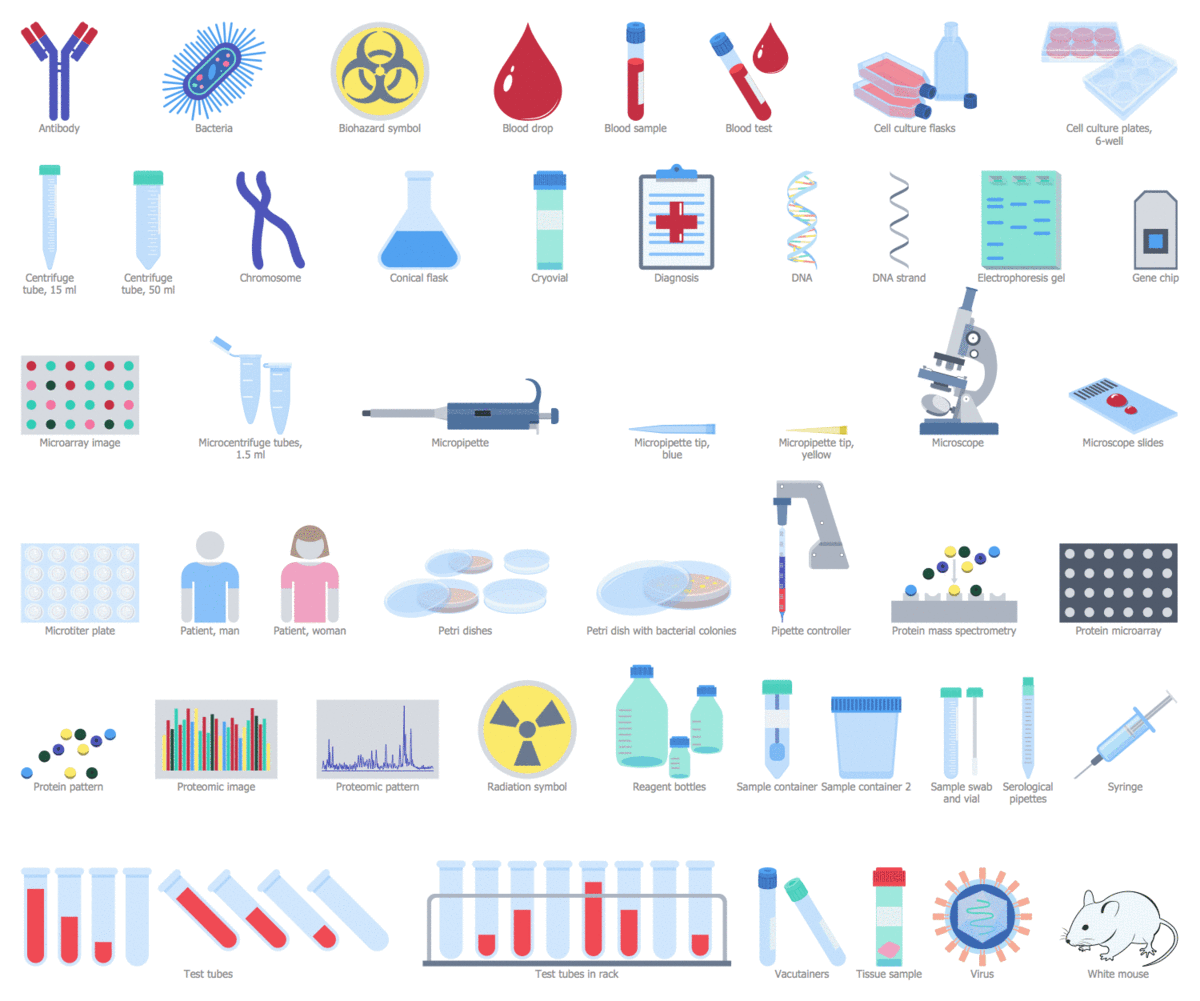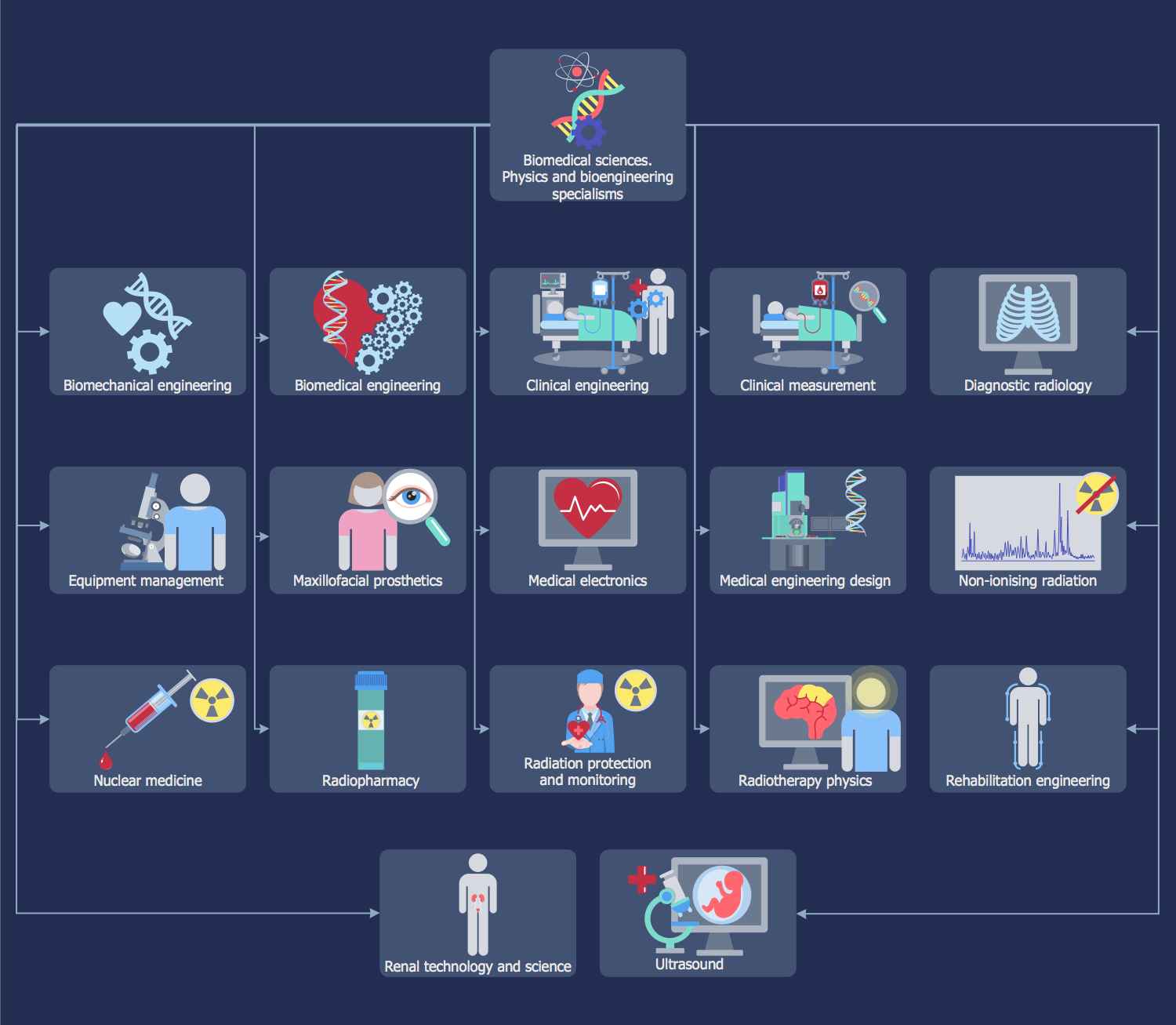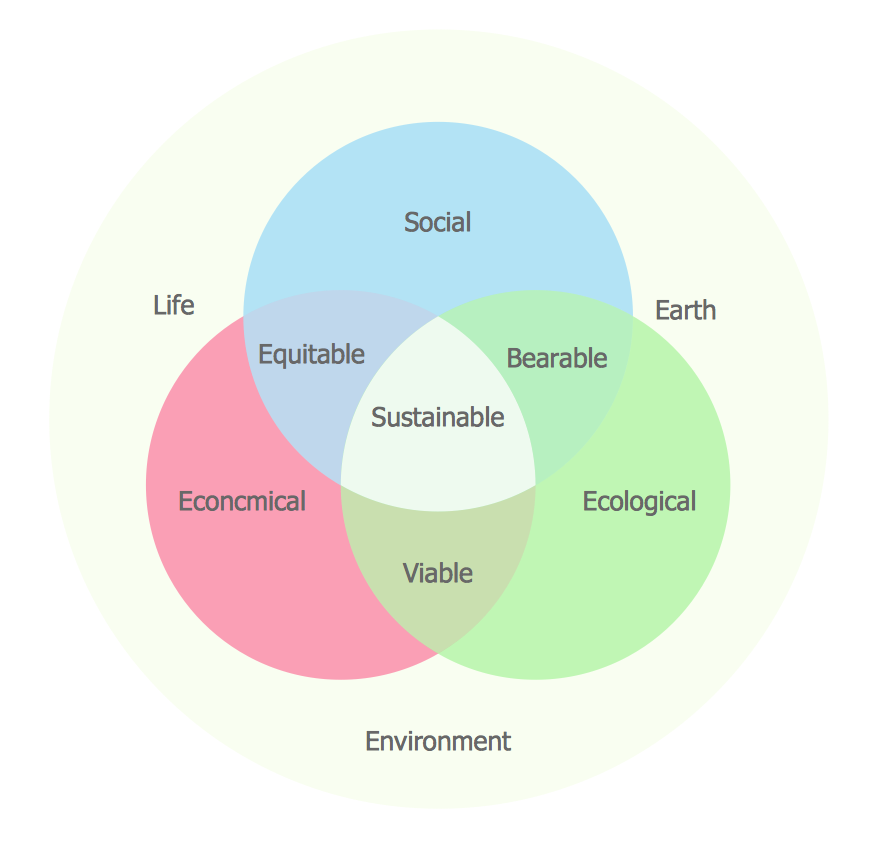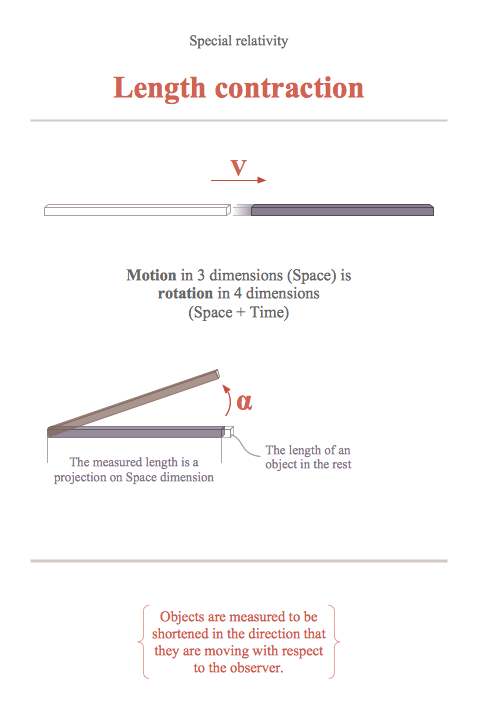Biomedical
Biomedical sciences are known to be the applied sciences which apply portions of either formal or natural science, or both. They are applied to interventions, technology or knowledge that are of use in public health or healthcare. The examples of the medical sciences may be such disciplines as clinical virology, medical microbiology, clinical epidemiology, biomedical engineering and genetic epidemiology. Among them, pathophysiology may be treated as basic science.
There are at least 45 different specialisms within healthcare science as a whole. They are traditionally grouped into three main divisions, which are specialisms that involve life sciences, physiological science and either bioengineering or medical physics.
Any biomedical scientist is known to be well trained in biology, especially in the context of medicine. They work in order to gain knowledge on the main principles of the way the human body works, finding the new ways to treat or cure the diseases. It may be done by developing the needed diagnostic tools or inventing new useful therapeutic strategies. The research of biomedical scientists can be referred to as biomedical research.
The specific activities of the biomedical scientist can differ in different parts of the world. They may also vary due to the level of education. Usually, biomedical scientists use different living organisms as their models for conducting numerous experiments. The last mentioned can include cultured human/animal cells that are grown outside of the whole organism. They may also use such small animals as flies, fish, worms, rats, and mice. Rarely, some of the larger animals or primates can be used as well.
Some of the biomedical scientists may also work directly with human tissue specimens. It may be needed to do in order to perform the important experiments or for a participation in some clinical research. They employ many different techniques, so it becomes possible to carry out the needed laboratory experiments, such as molecular and biochemical ones, blotting and electrophoresis, immunostaining, chromatography, mass spectrometry, sequencing and PCR, microarrays, imaging technologies, etc.
Such techniques as fluorescence, electron and light microscopy, MRI, PET, X-ray, genetic engineering, transfection, transduction and electrophysiology techniques may be also used. Applying patch clamp, EKG, EEG, ERG as well as silico techniques may be also a part of any biomedical scientist’s job.
Biomedical engineering is one of the applications of a large number of engineering principles as well as the design concepts to biology and medicine applied for healthcare purposes, such as therapeutic or diagnostic. This particular field of biomedical science seeks to close the gap between medicine and engineering, combining the problem solving as well as the design skills of engineering with medical biological sciences. It may be done in order to advance healthcare treatment, including monitoring, therapy, and diagnosis.
Biomedical engineering has only recently emerged as its own study, consisting of the need for development and research, spanning a broad array of subfields. The most prominent biomedical engineering applications include developing biocompatible prostheses, numerous therapeutic and diagnostic medical devices. Such devices may be clinical equipment or micro-implants, common imaging equipment (e.g., EKGs and MRIs), regenerative tissue growth, therapeutic biologicals and pharmaceutical drugs.
Being involved in the biomedical science, the ConceptDraw DIAGRAM software as a great drawing tool may be useful in order to complete some research or create a biomedical report once the work is finished. For making both clear and easy to understand drawings, including biomedical ones, the Biomedicine solution as an extension for the ConceptDraw DIAGRAM diagramming and vector drawing application can be used.

137 Biomedicine Symbols in ConceptDraw DIAGRAM
Making it simpler to draw the needed biomedicine-related illustrations, the CS Odessa developed the mentioned solution for simplifying the ConceptDraw DIAGRAM users work of creating both professionally and smart looking design elements. There are three vector stencil libraries full of biomedical-related design symbols. One of the libraries is called Biomedical technologies. It includes such stencils as the representation of Assay, Audiology, Biobanking, Biomarker, Biomedical engineering, Biopharmaceutical engineering, Blood transfusion, Cell therapy, Clinical trial, Companion diagnostic, Critical care, Electron microscopy, Elisa, Fluorescence microscopy, Gene therapy, Genetic testing, Immunoassay, Immunofluorescent analysis, Immunotherapy, In vitro fertilization, Laboratory automation, Laboratory diagnosis, Laser medicine, Medical imaging, Medical quality assurance, Microscopy, Molecular diagnostics, Monoclonal antibody technology, Monoclonal antibody therapy, Nanobiotechnology, Organ printing, Organ transplantation, Perfusion, Phlebotomy, Polymerase chain reaction (PCR), Red biotechnology, Stem-cell therapy, Targeted therapy, Tissue bank, Tissue typing, etc.
Having all the mentioned tools, including the pre-made examples of the biomedical drawings, it becomes much easier to make any needed illustration. Having no need for drawing the needed design symbols from scratch but using the previously made ones, the biomedical drawing can be created within only a few minutes. Using the Biomedicine solution while working in the ConceptDraw DIAGRAM diagramming and drawing application can help any ConceptDraw DIAGRAM user to complete the biomedical-related tasks within a short period of time ending up with a great looking result.


